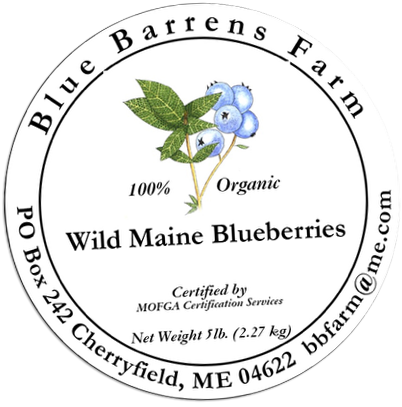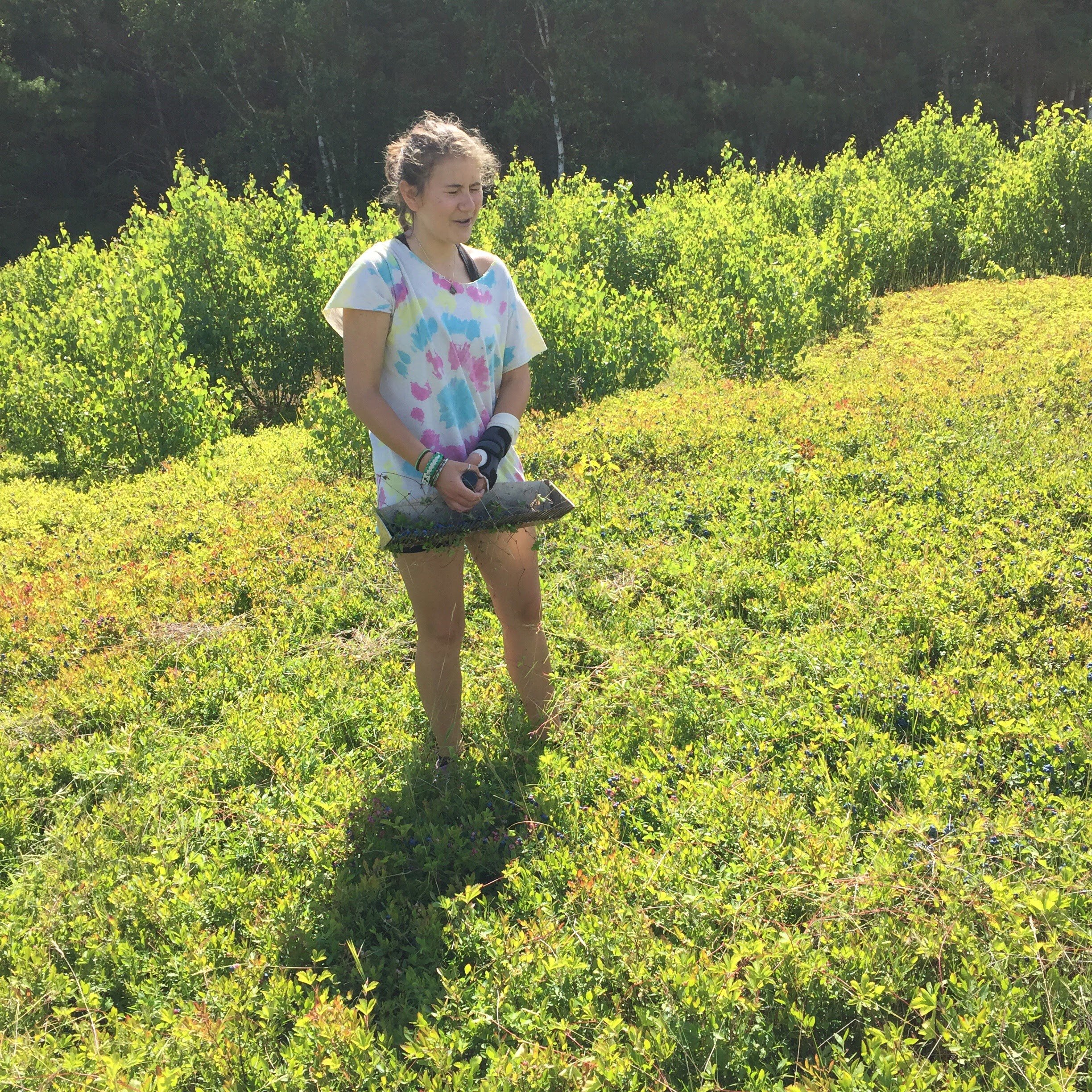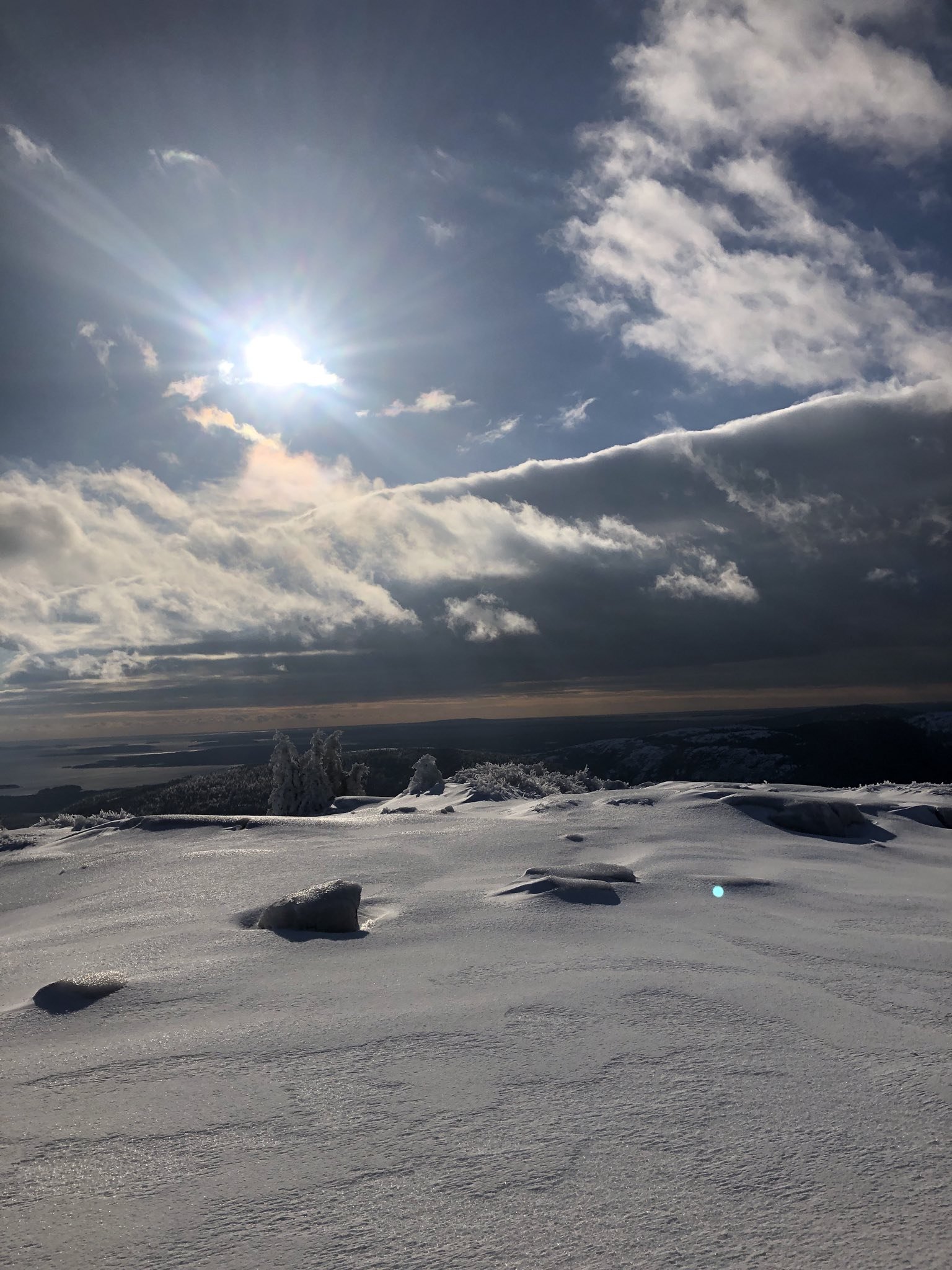Life on the farm: work that matters, play that’s fun, relationships that touch you deeply. You can construct such a life anywhere. Here’s how we live ours:

Spring
Spring brings the warm weather that melts ice and snow into the rivers, swelling them to ideal paddling conditions. It’s also the perfect time enjoy to Acadia National Park: cars aren’t allowed on the Park Loop Road until mid-April, leaving the paved road open to bikers and walkers, and the spring hiking is pure pleasure—the air is warmer, the sun is higher on the horizon, and the bugs aren’t out yet.
And Spring also marks the start of fieldwork season.
We burn the fields to synchronize blossoming and fruit setting, to encourage the growth of healthy new stems from underground rhizomes, and to suppress fungal diseases and insect pests, all elements that make for an abundant crop. We also spread sulfur in the spring to lower the soil pH, favoring those acid-loving blueberries while holding grasses and many herbaceous weeds at bay. In May we set out bee hives.
Heavy rainclouds moving in on the burn
Mark keeping the fires burning at TWP-25
Sprague field
Watching the fire burn the vegetation
Dakota maintaining the back burn
The Putt Putt carrying extra water
Driving the tractor to monitor for any wandering fires
Using the Indian water tank to douse the flames
Starting the burn
Sulfur spreading in the Massey
Beehives in early spring
Lisa putting on her bee suit
Lisa setting up the electric fence to protect the bees from bears
A honey bee pollinating a blueberry blossom
A sea of blossoms promising a good year's harvest
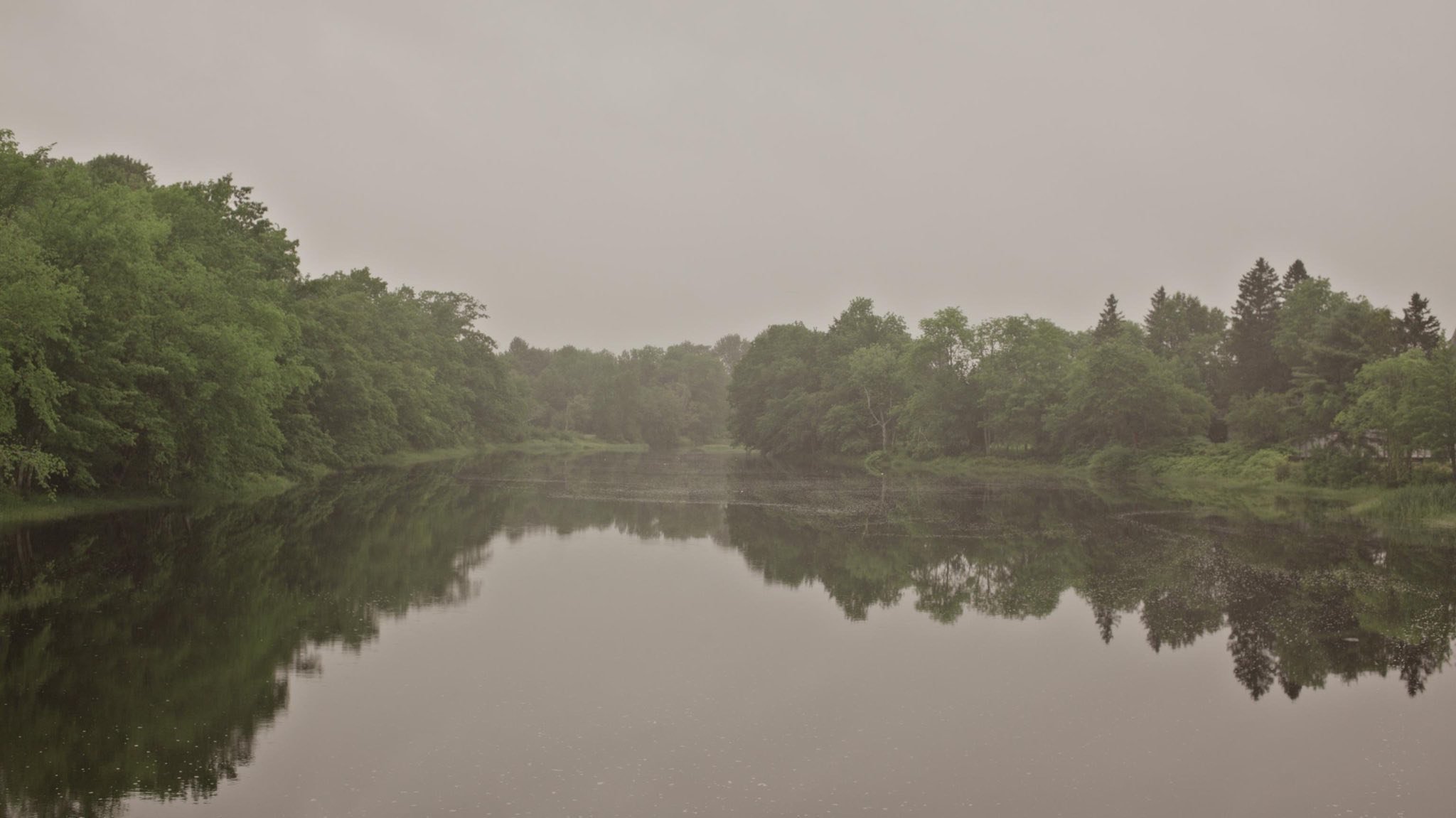
Summer
Spring rivers swollen by ice-melt become bony in the summer, so we switch to lakes and salt-water. We love to bike in the summer, as we can pedal faster than the bugs can fly. We move our hikiing to the coast and especially to the nearby islands, where the onshore breezes are cool and there are fewer bugs.
Summer work is weeding, either with string-trimmers, which we use to remove any woody plants that have grown above the blueberry canopy, or with hand tools.
Hand weeding bracken fern
Weed whacking with string trimmer
Weeding with head nets to protect against black flies
Grace, Sierra, and Millie paddling on Spring River Lake
Nacho Night
Grace taking a hike on her day off
Mark and Lisa practicing softball with Millie on a lunch break on the field
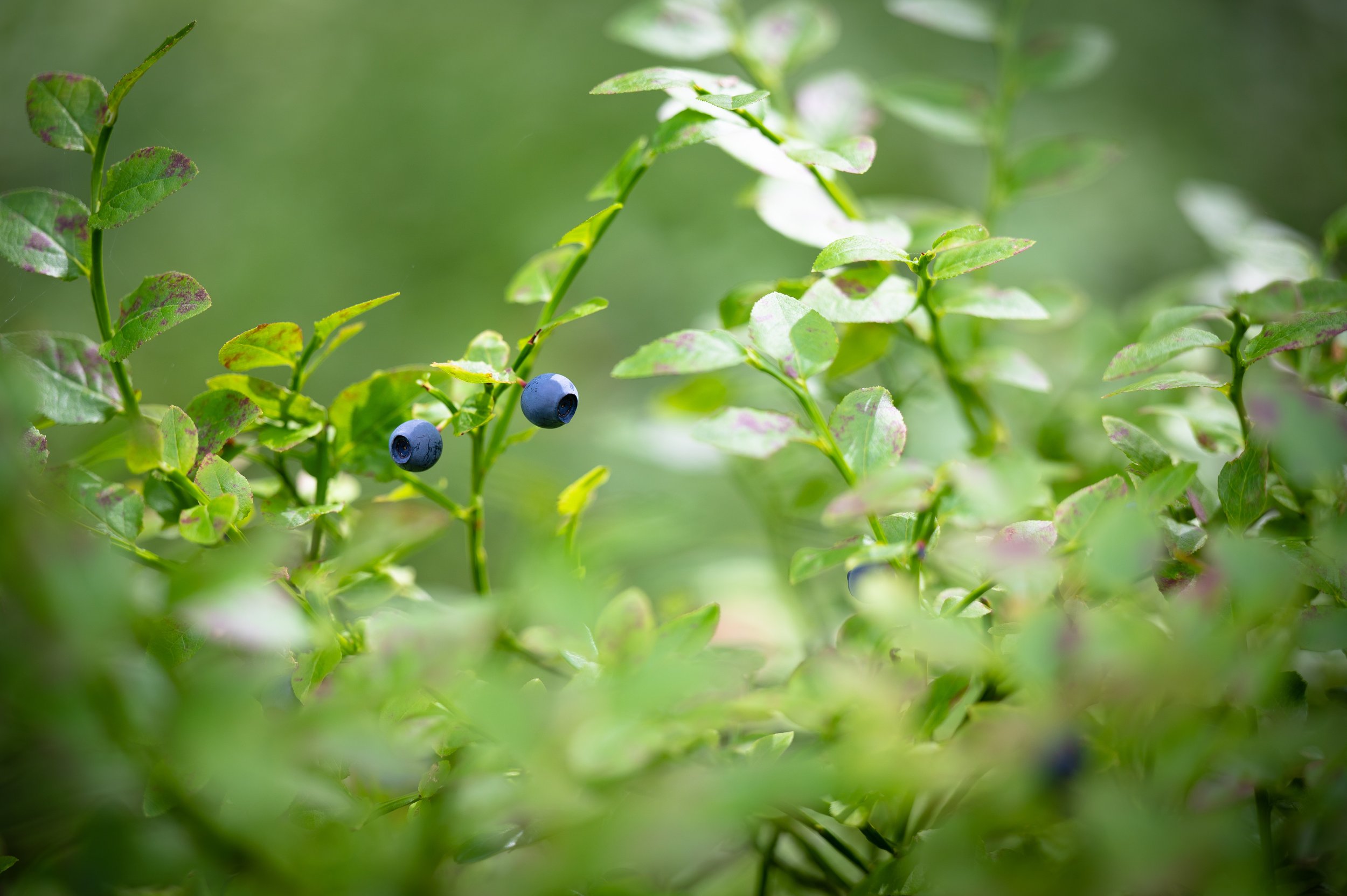
Harvest
We’re wildly busy during the harvest, but we still make time to play. Swimming and hot-tubbing are great ways to end a physically exhausting day.
A handbrake filled with fresh berries
A sea of blue on a clear day
The Jacobys' early days of hand raking
Millie eating a sour berry
Mark presenting the mighty hand rake
Millie and Arthur having fun on the field
The crew working hard
Using the walk behind raker on a weedy field
Mark happy at work in the back of the tractor
Kiernan and Alejandro checking in on a tractor raking day
Zion surveying the field as he prepares for more raking
Hand raking
Loading up full boxes at the end of the day
Stacks of field boxes ready to be loaded
The crew unloading a truck of field boxes back at the barn
Michael keeping an eye on things
Going home for the day
Rare pink blueberries, ripe and sweet
Chatting over the pick-over-table
Using the pickover table to sort out unwanted berries
Millie explaining how to package fresh berries
Sierra and Grace happy with their work
Hazel preparing nets and stickers
Berries ready to sell, ready to eat
The farmstand sign
Lisa going over the day's orders
The drafty old farmhouse from the hot tub at sunset

Autumn
Fall is a great time for hiking—most of the tourists and bugs have left, and the changing foliage is a beautiful myriad of reds and yellows. We work now to spread straw for next spring’s burning, and alternate flail mowing certain fields.
Carriage road in Acadia National Park
Salt Marsh on Mount Desert Island
The blueberry barrens showing their fall foliage
Straw delivery
Straw spreading on a chilly fall day
Packing straw onto the trailer
Hazel loading straw into the spreader
Millie happily helping on the trailer
Michael, Hazel, and Lisa hand spreading straw together
Lisa hand spreading in the gullies at TWP-25
Flail mowing
The days growing shorter
One of the first fall frosts on the vegetable garden in Cherryfield
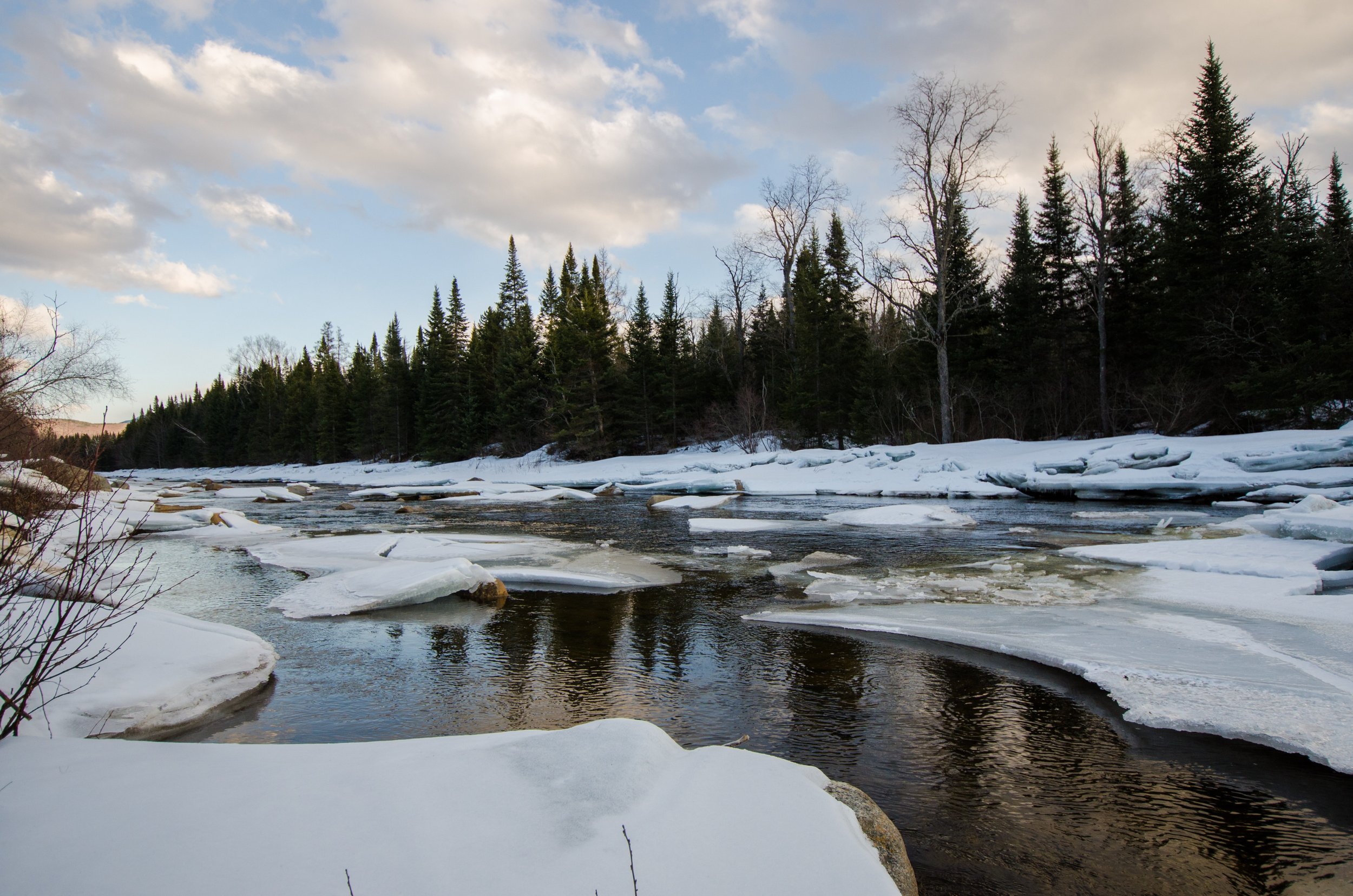
Winter
Skiing, ice-skating, snow-shoeing, hiking—these are the sports that enliven our short winter days. What work we do depends on the size of the harvest. If we’ve had a good one, we spend our winters repairing equipment, attending farm meetings, planning for the coming season, and having fun. If the harvest was poor, we look for work—carpentry, roofing, painting, whatever we can put our hands to.
Lisa getting her skates on for a glassy lake
Lisa skiing on the recreational trail in Cherryfield
The tractors hibernating under the snow
The view from Sargent Mountain on Mount Desert Island
A sunny snowy day
Lisa skiing on the carriage roads in Acadia National Park
Snowy trails
Sunrise on Mount Katahdin
Mark skating on Spring River Lake
The Acadia carriage roads after a heavy snowfall
Lisa and Michael walking on the ice
Frozen lake
Two distant dots in the snow
